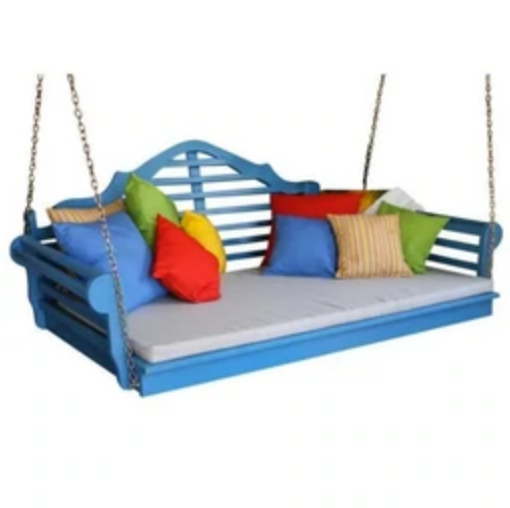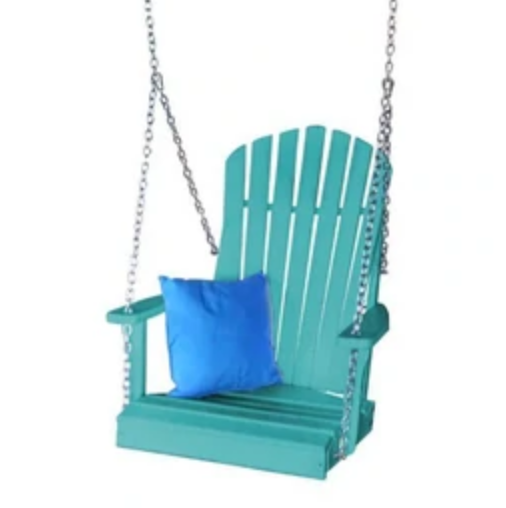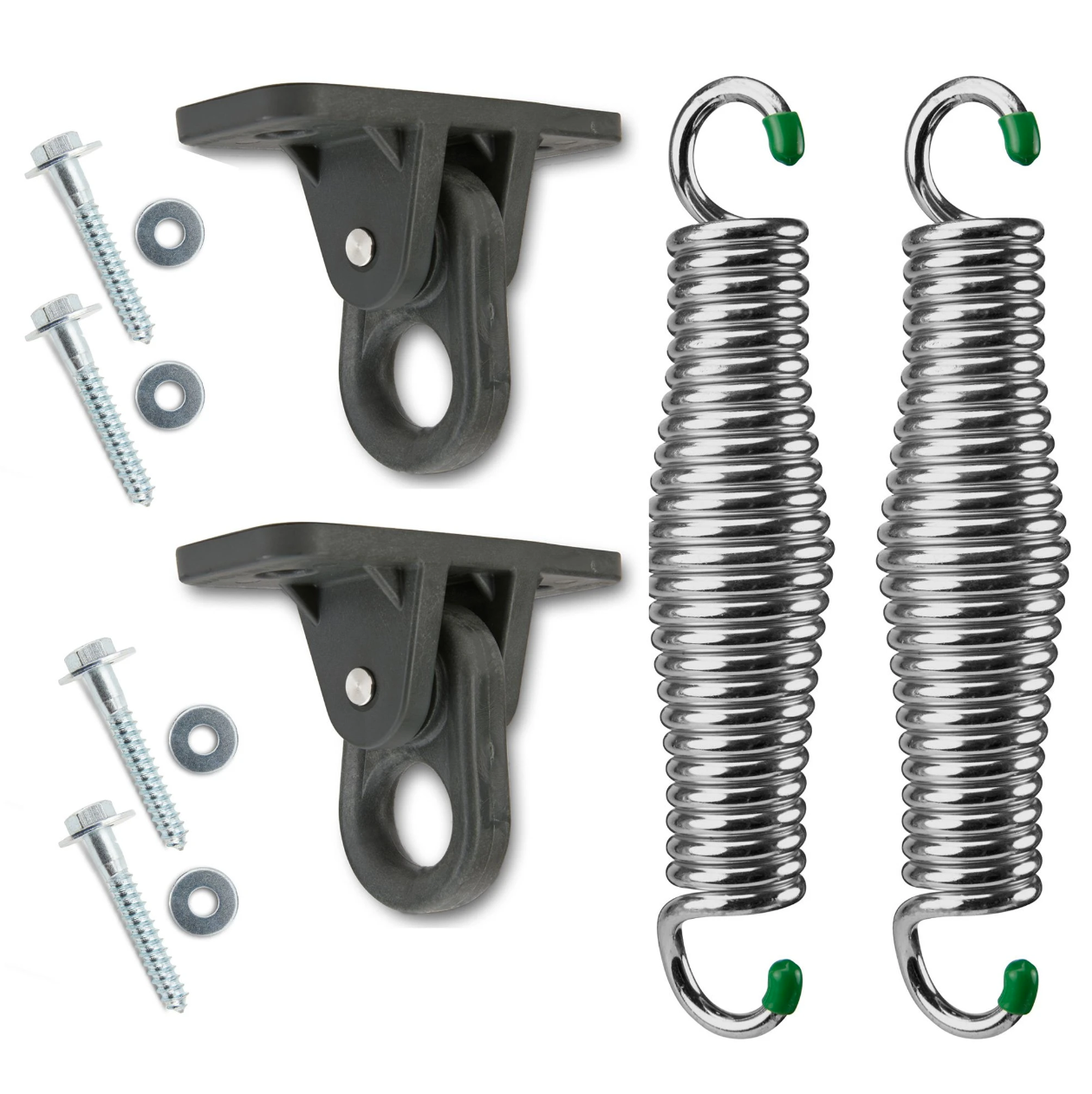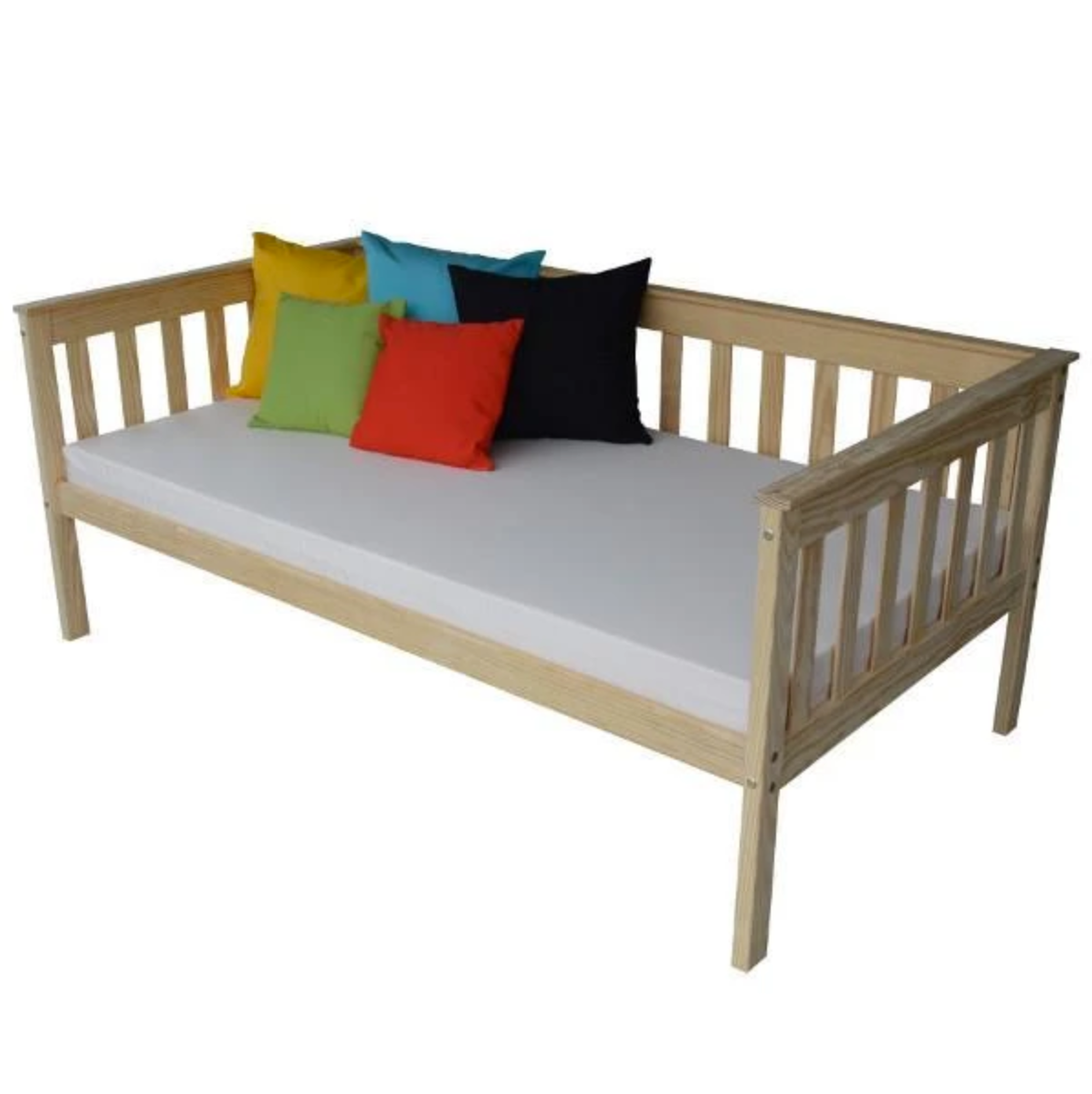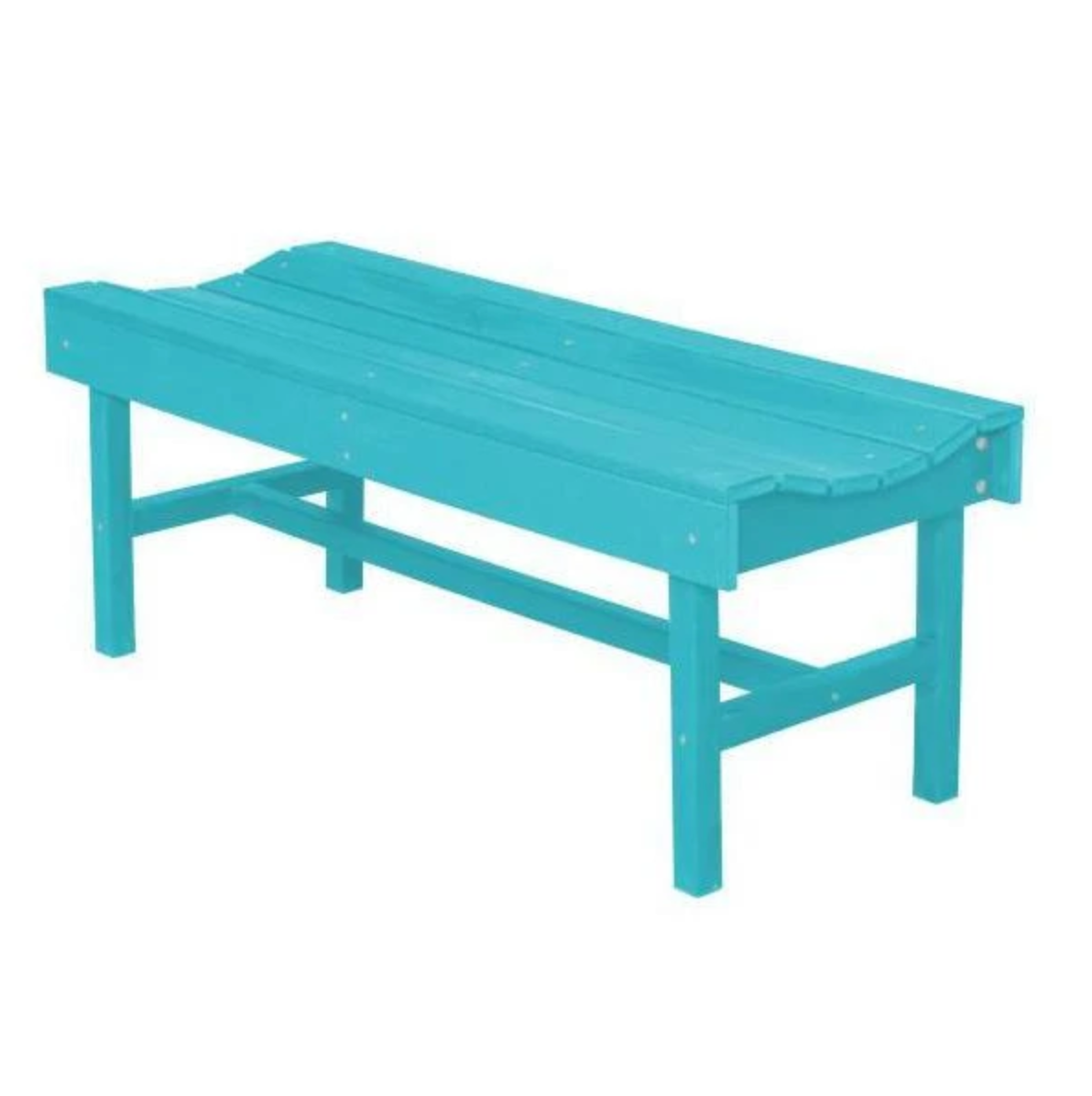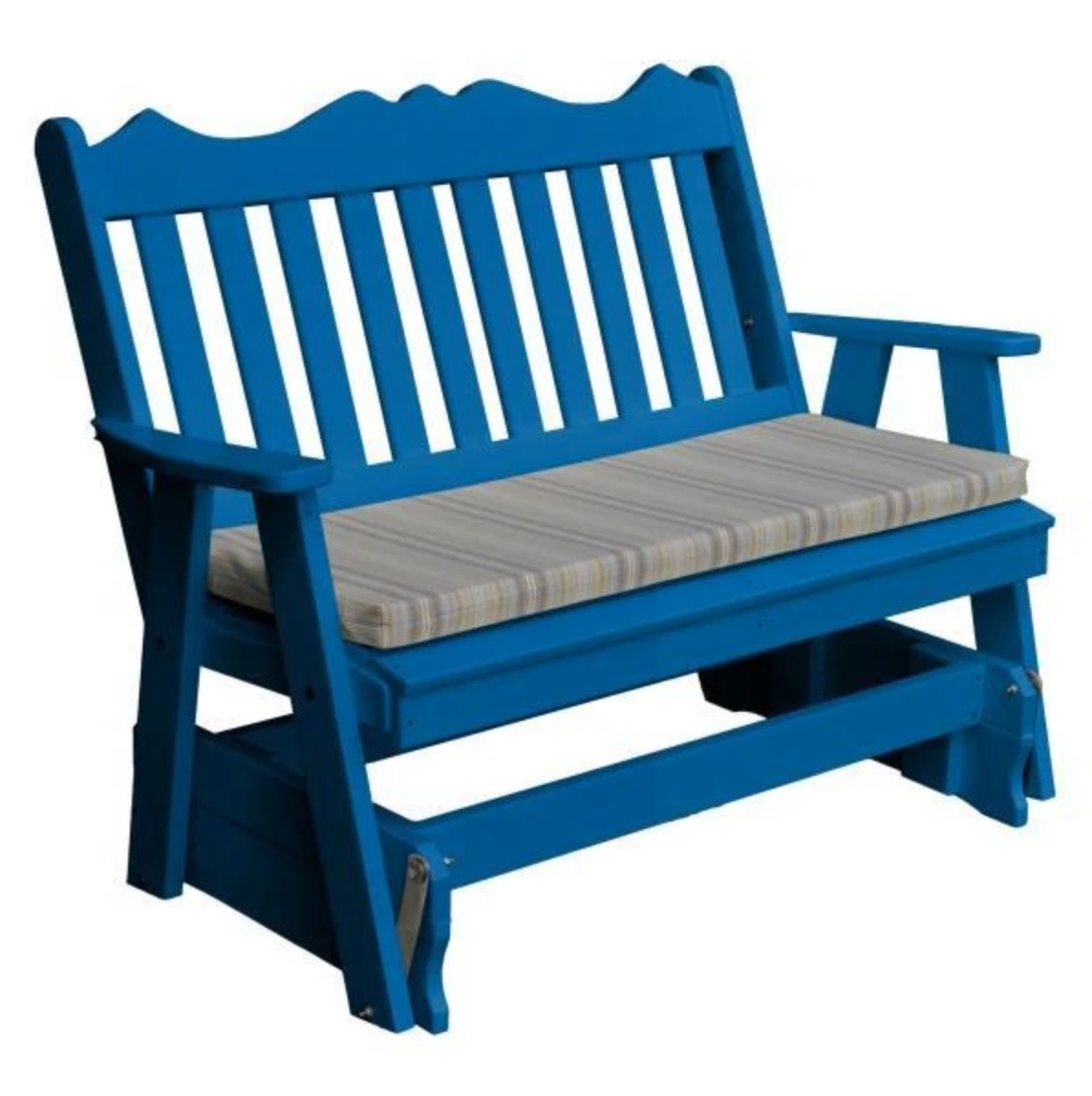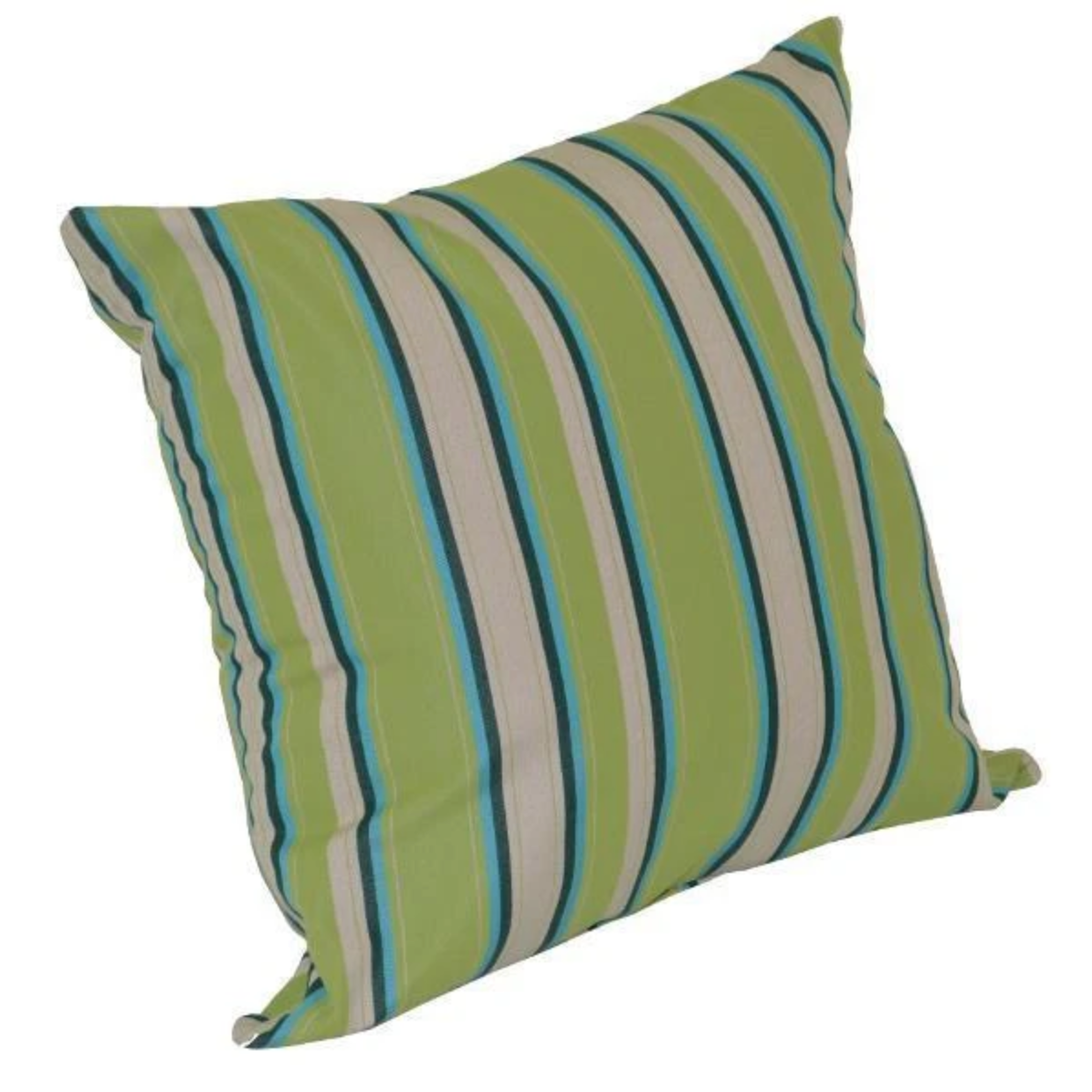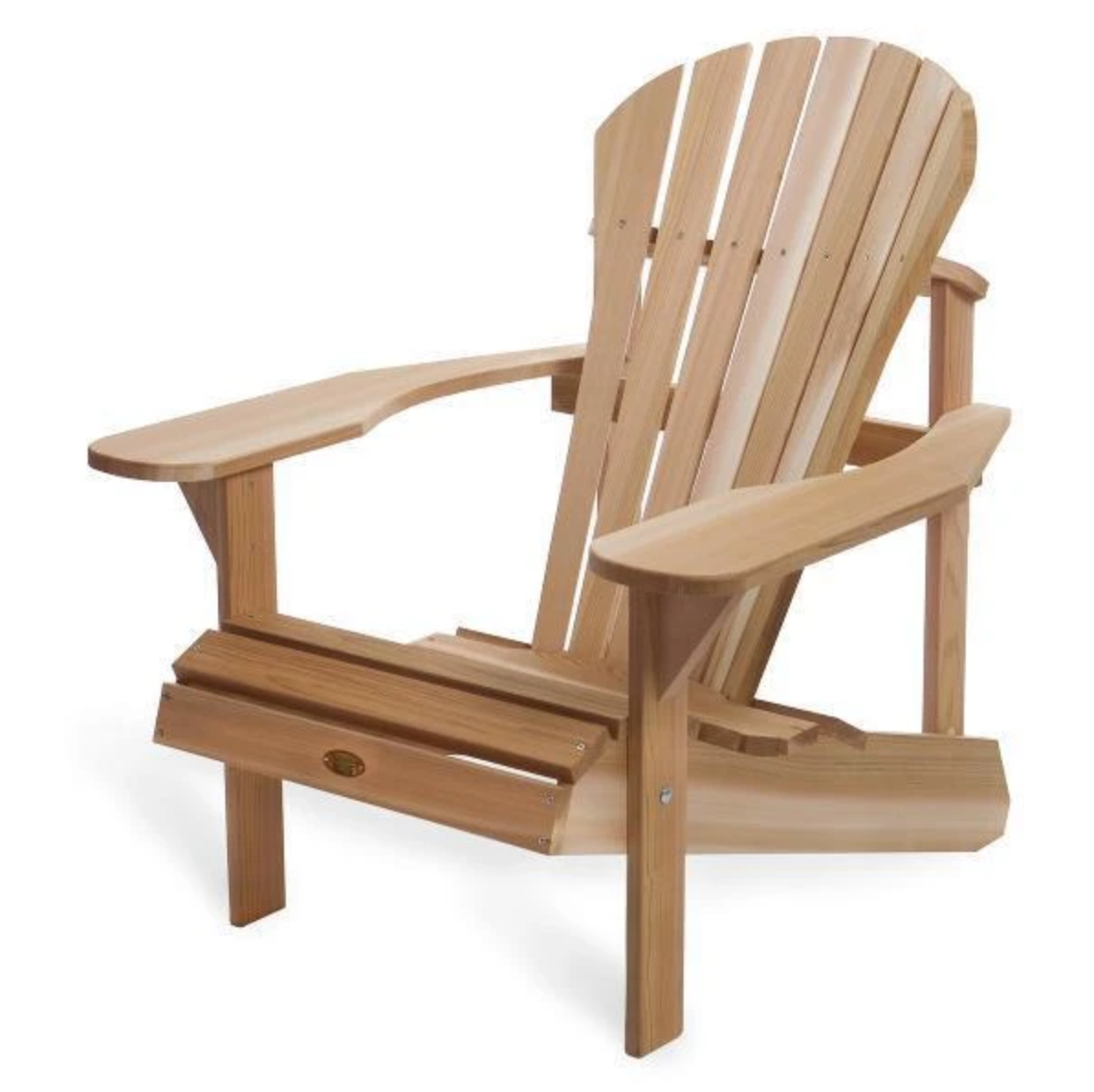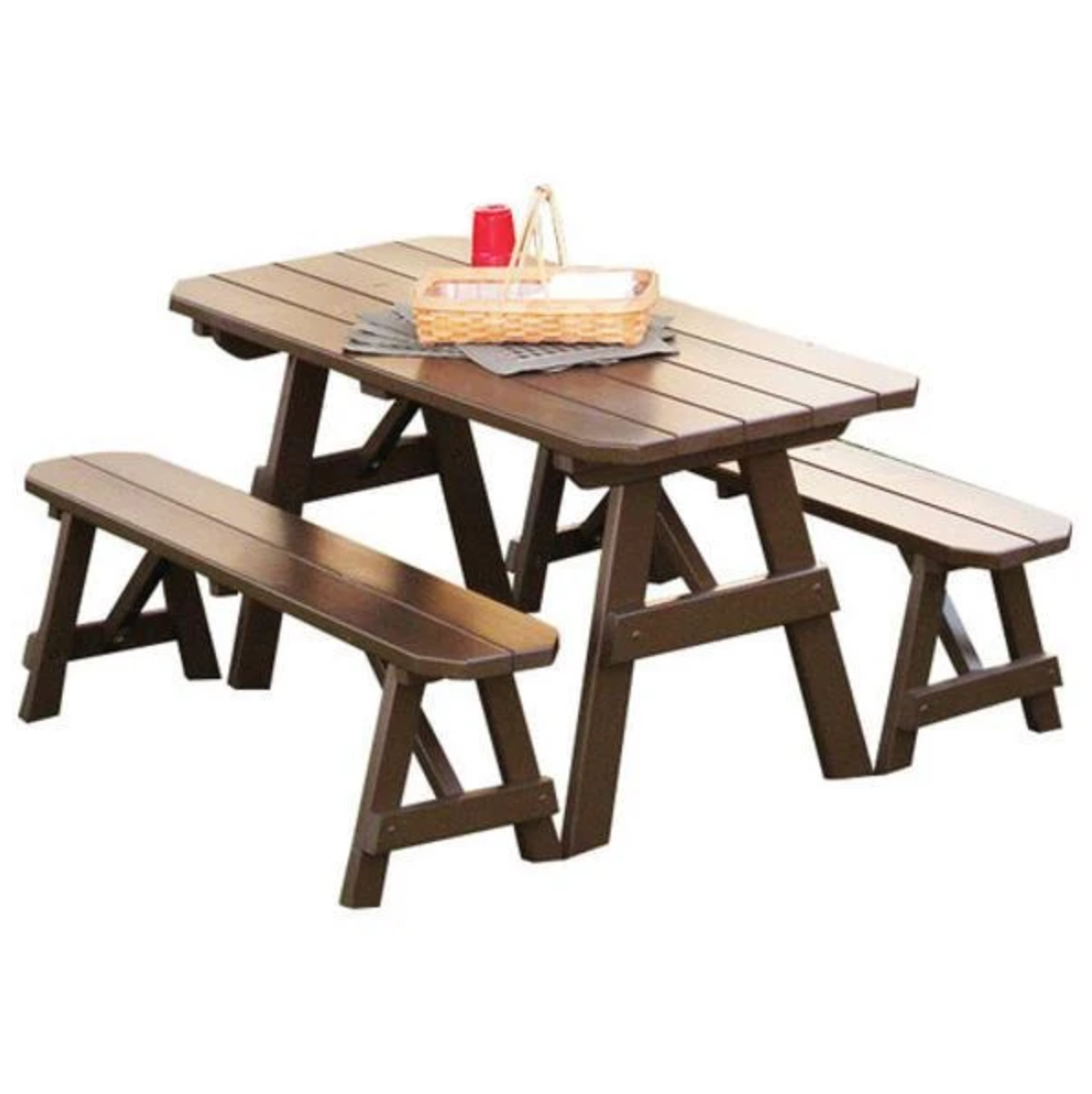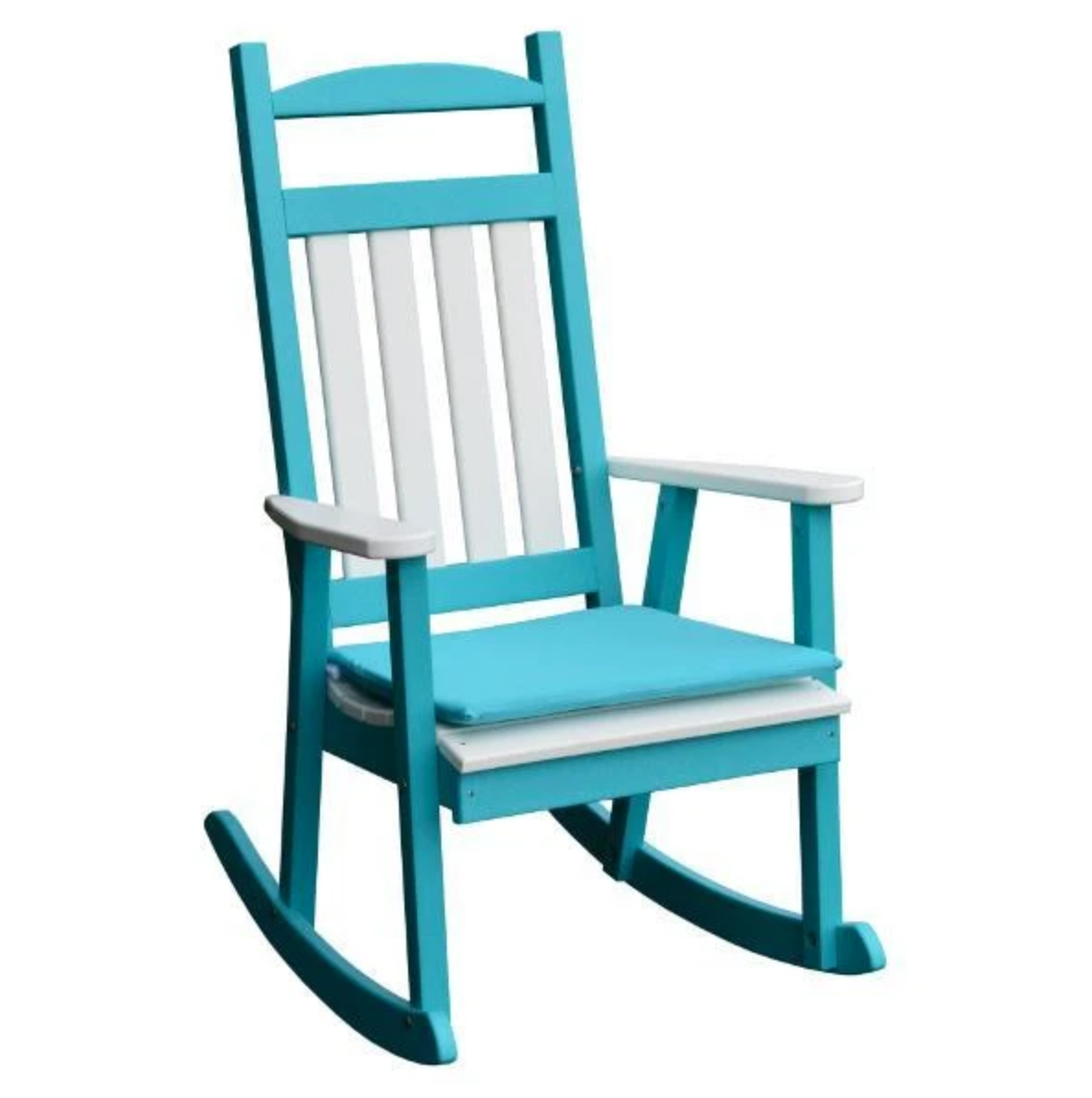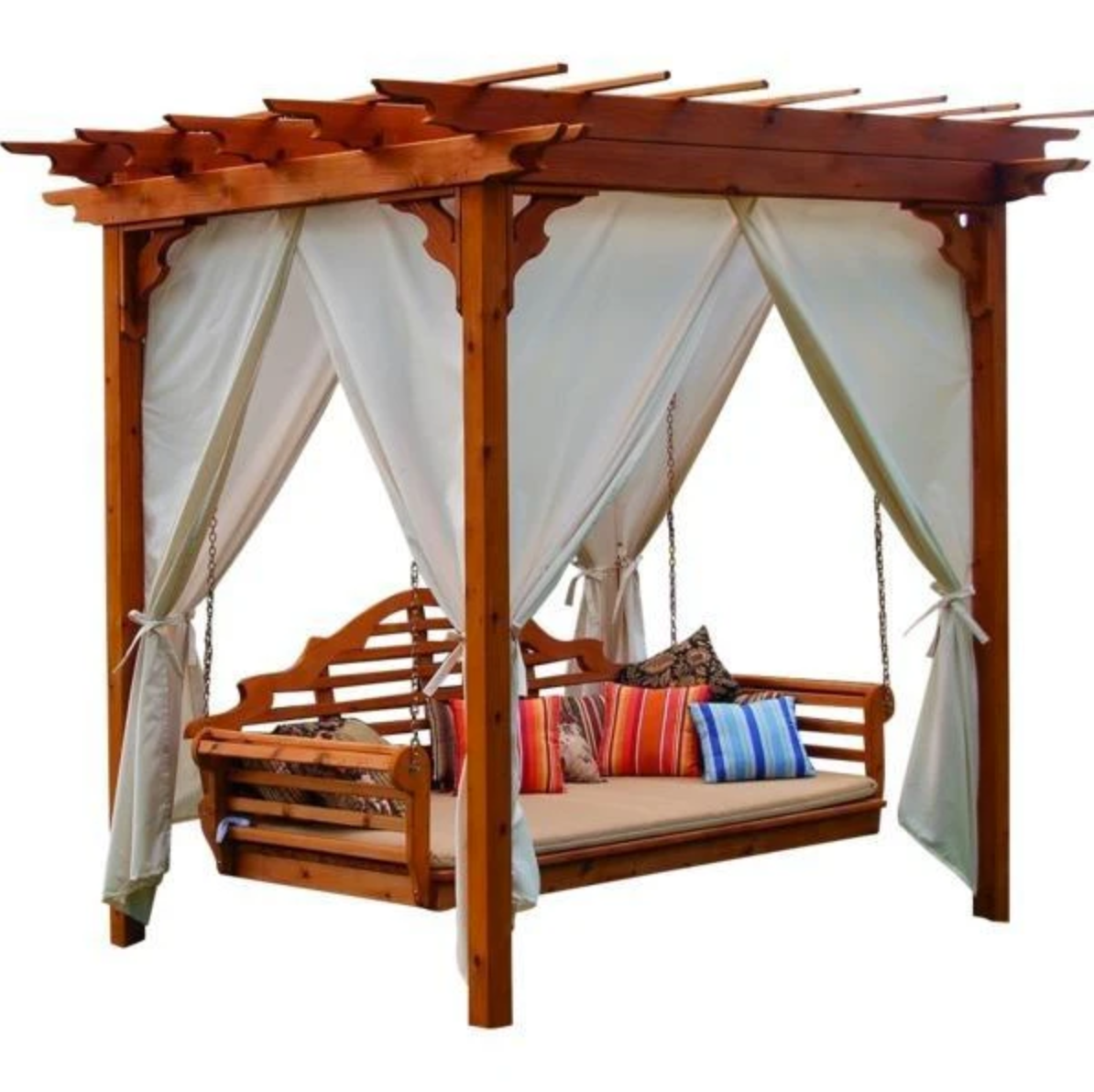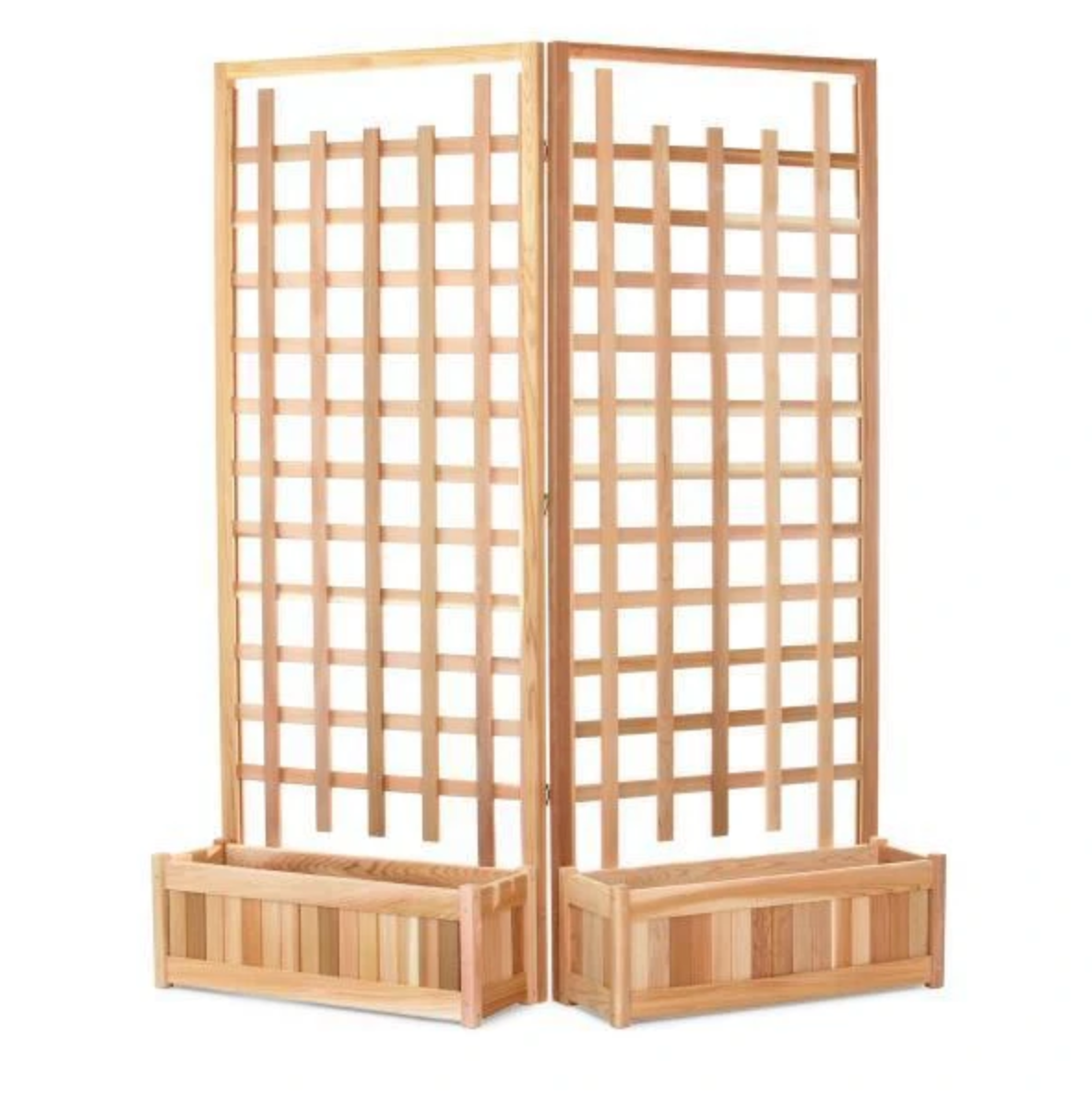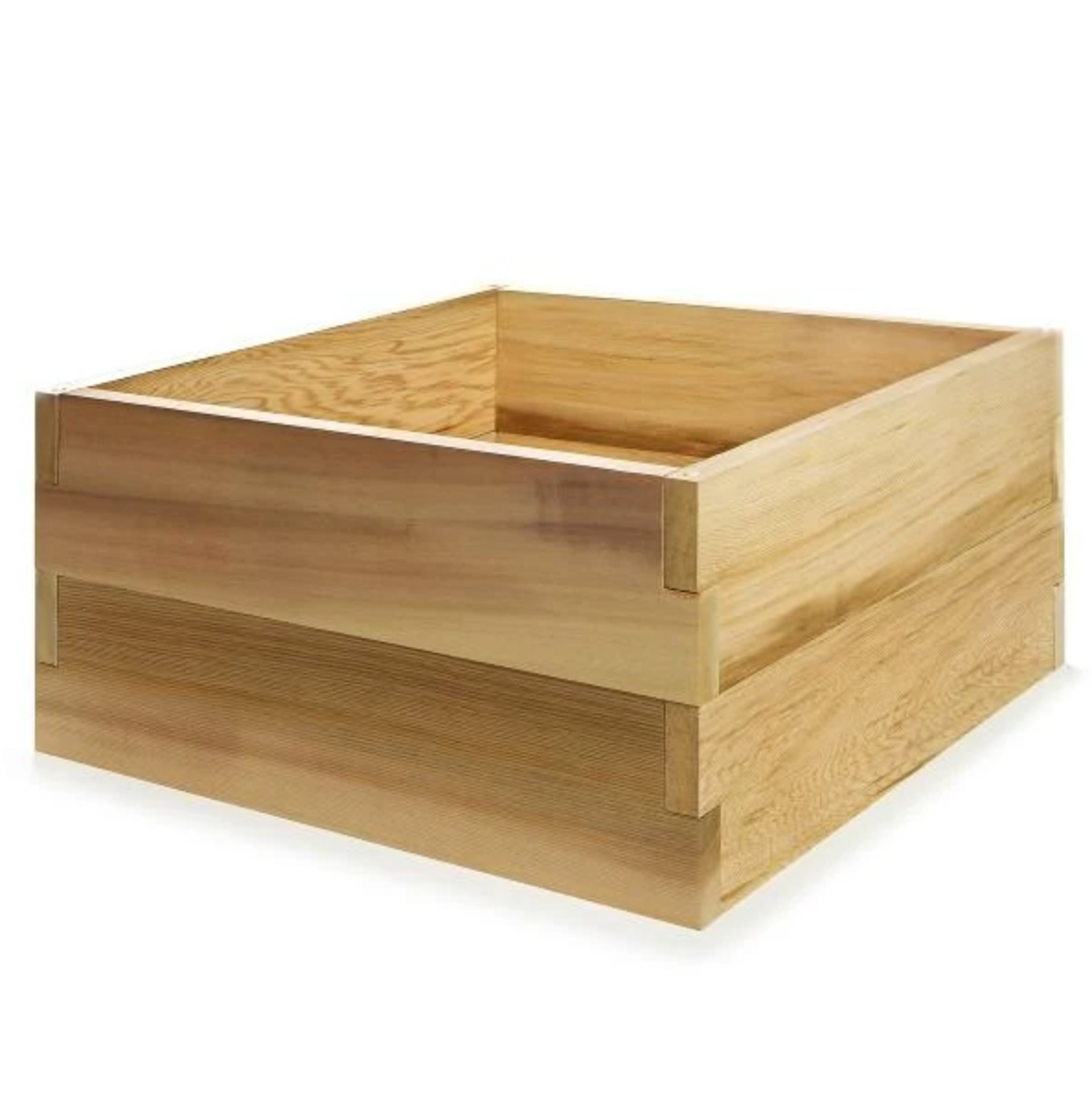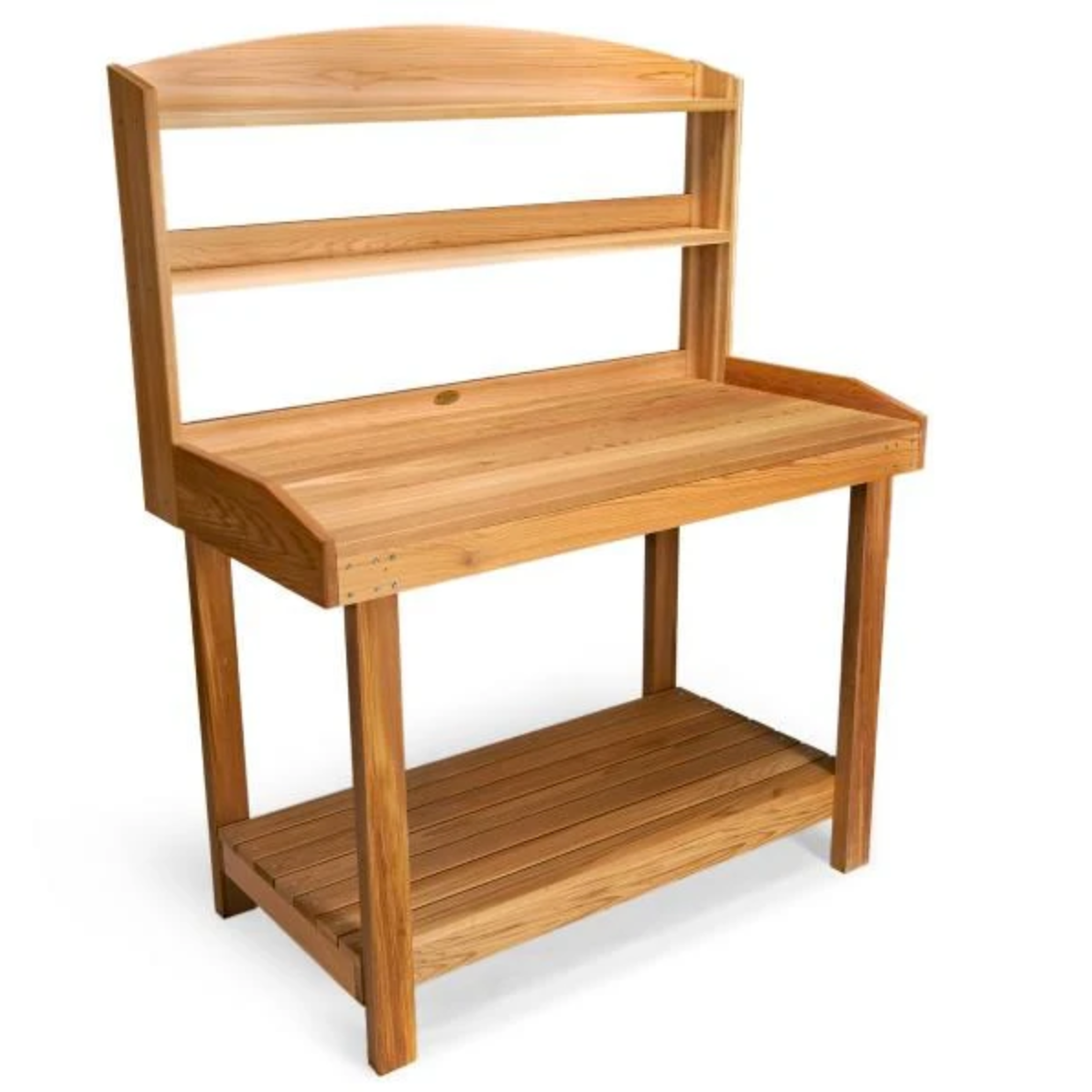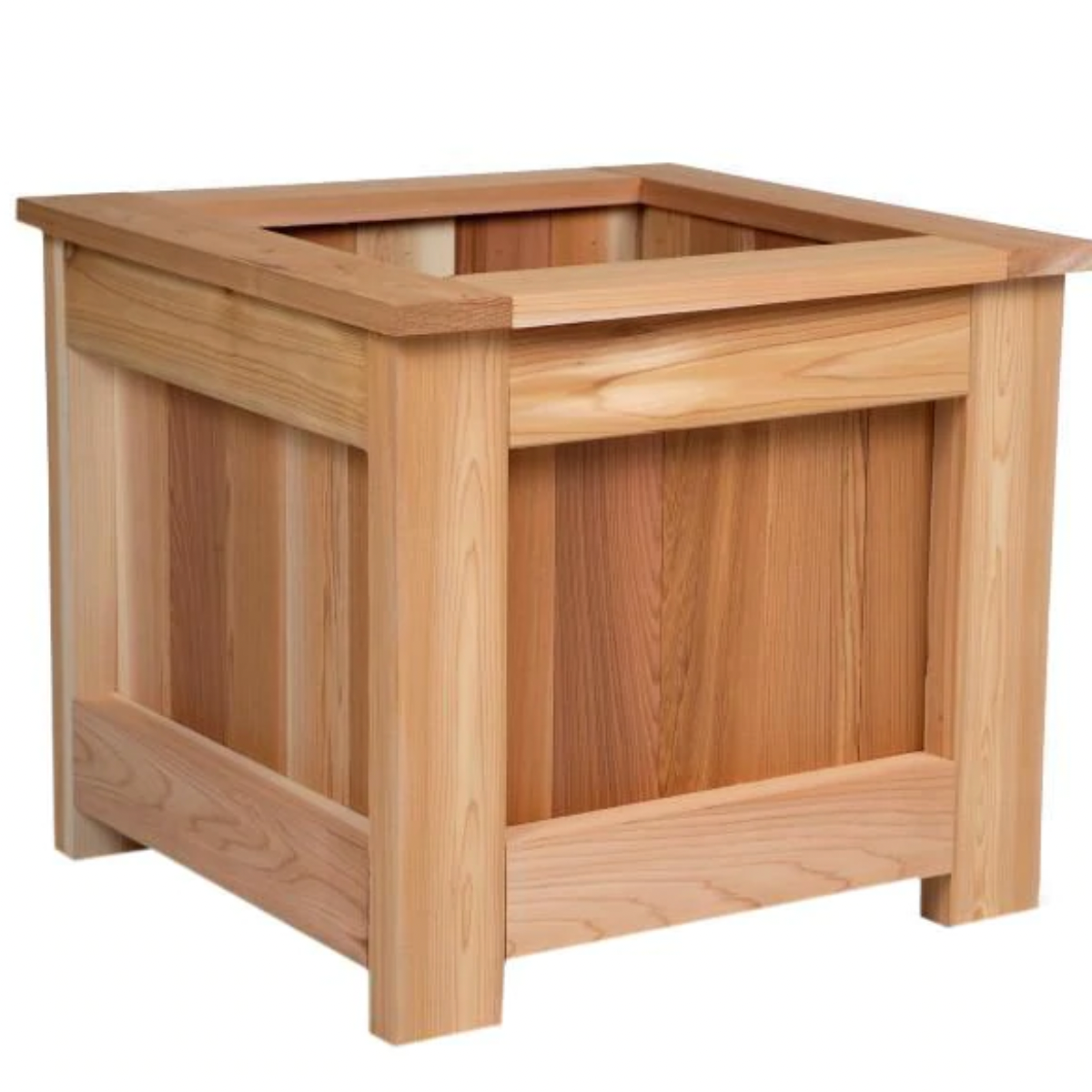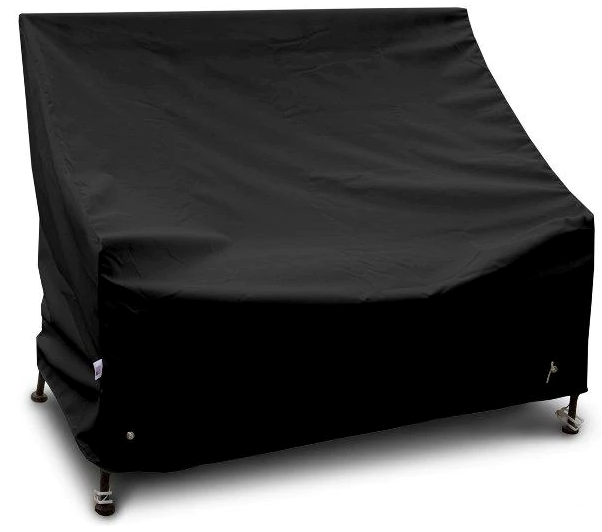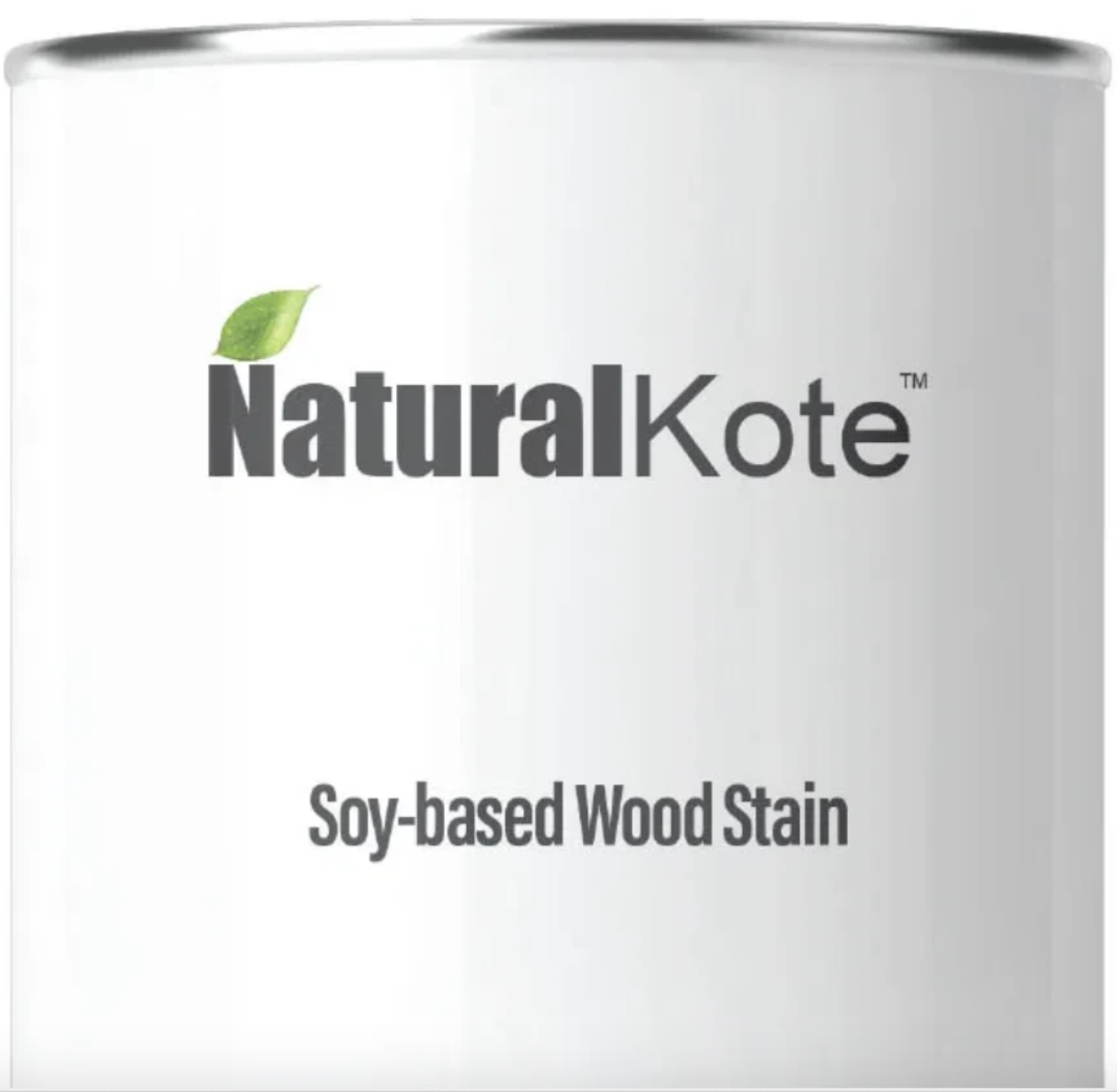Your Cart is Empty
FREE SHIPPING ON EVERY ORDER
Menu

FREE SHIPPING ON EVERY ORDER
Swings
Benches
Tables & Chairs
Home & Garden
How to Calculate Budget and ROI for Your Landscape Renovation
As many homeowners know, a beautifully landscaped yard can surprisingly transform a property from ordinary to outstanding. Indeed, outdoor upgrades bring joy that goes beyond dollars spent: sipping your morning coffee on a new patio while catching the news, watching kids play in the yard while you unwind after work, or simply appreciating a boosted curb appeal every time you pull into the driveway. But while the experience is priceless, many wonder: how much should I realistically spend, and will it pay off if I ever sell?
This guide shows how to map out your landscape renovation from start to finish, set a budget that matches both your vision and your wallet, and get a rough idea of how much value those upgrades might add if you sell later.
What Does Landscaping ROI Really Mean?
Speaking about ROI in terms of landscaping, we mean the financial return you can expect if you sell your property. Smart outdoor upgrades don’t just make your yard look good—they can directly increase your home’s market value. Here’s what matters most:
-
Structural improvements: Patios, pergolas, decks, and retaining walls often bring the highest ROI in backyard landscaping because they are permanent additions that stand out to buyers right away. Studies show that a well-designed patio or deck can return 50–70% of its cost in added property value.
-
Curb appeal and first impressions: Thoughtful landscaping, like clean walkways, well-placed lighting, and mature plants, can make a home appear more valuable and sell faster.
-
Furniture and decorative touches: While furniture and small aesthetic additions add some enjoyment and comfort, they have limited direct ROI. So, it’s better to put your energy and time into elements that improve the house’s appeal without spending too much.
By focusing on upgrades that buyers notice and value, you can estimate a more concrete ROI for your landscaping investment—giving you a better idea of how much your yard may contribute to your property’s final worth.
How to Break Down Your Landscaping Costs
A simple way to stay in control of your budget is to divide all landscaping costs into three main categories: materials, furniture, and labor. We’ll go over each one separately.
Materials
Materials make up the core of your outdoor project. They include items like pavers for a patio, decking boards, lumber for pergolas or fences, plants, soil, mulch, lighting fixtures, and irrigation equipment. For example, a mid-range 12×12 paver patio can cost around $3,500–6,000. The actual price depends on the materials you pick, their quality, as well as prices in your area.
Furniture
Both furniture and décor pieces breathe life into your yard and make it usable. This covers seating sets, loungers, dining tables, cushions, umbrellas, fire pits, planters, and other accents that help the yard feel complete and welcoming. A mid-range outdoor furniture set may cost between $1,000 and $2,500.
Labor
Labor costs often take up a sizable part of your spending because they cover the hands-on work of installing your upgrades. It includes assembling decks and pergolas, installing patios and walkways, planting and grading, and installing wiring for outdoor lights or water elements. Labor costs depend on the scope of work, project intricacy, and local rates. In general terms, landscaping projects can run between $4.50 and $14.50 per square foot, which already factors in labor and materials together.
So, labor alone might account for a large part of your budget—possibly one-third or more—particularly when building structural elements like decks, patios, or pergolas.
How to Build a Practical Budget
Many homeowners can price individual items but struggle to create a realistic total budget. By following this simple approach, you can plan wisely and keep your project moving smoothly.
Set a Maximum Spending Cap
Decide on the exact amount you’re comfortable spending. It ensures you don’t exceed the set sum and helps you to make number-based choices between essential upgrades and optional add-ons.
Allocate by Priority
Split your renovation budget between value-driving structural items—like patios, decks, and pergolas—and lifestyle or aesthetic additions, such as furniture and some optional decor items. Many homeowners use a 60/40 or 70/30 split to strike a balance between financial return and comfort.
Include Hidden Expenses
Materials, furniture, and labor are just the starting point. Don’t forget potential extras like hauling old debris, permits, sealants, delivery fees, and seasonal storage. These add-ons can add 5–10% on top of your total costs if you don’t count them in while planning.
Add a Contingency
Even the best-planned projects may encounter different surprises. Budget an extra 10–15% just in case to be able to pay for unexpected expenses, if any, whether it’s a minor design tweak or unforeseen site work.
Break the Renovation into Phases
It makes sense for you to tackle the project in several phases if you’re not sure your budget can cover it all right away. Completing high-impact structural elements first, and only then layering in furniture and decorative details, can help handle payments properly while still progressing steadily toward your dream yard.
How to Spread Costs Without Putting the Project on Hold
Sometimes homeowners delay projects because paying upfront feels daunting or even frustrating. But delaying also has costs: inflation on materials, missed enjoyment, and lost opportunities to improve your house. One working strategy is spreading costs over several months.
Instead of front-loading the entire payment, financing options let you distribute costs without putting your yard upgrades on hold. Many homeowners explore flexible solutions to handle their budget without cutting corners:
-
Personal loan: Banks and credit unions typically provide fixed-rate personal loans with predictable monthly payments and lower interest rates than credit cards. With a personal loan, you can borrow up to $50,000 for a period of 12 to 60 months.
-
Home equity loan or HELOC: A home equity loan allows you to get a portion of the equity you own in your house in one lump sum by using it as collateral. A HELOC is a revolving credit line that provides you with a specific credit limit for ongoing needs against your property. These options work best for larger, planned expenses.
-
0% APR credit card offers: Some credit cards provide a promotional 0% APR for the first 12-18 months. It’s a useful financing option, but only if you can clear the balance before regular rates apply.
-
Online lending networks: Allow funding even for those with bad or no credit. For example, a loan with monthly payments from 15M Finance can help cover materials, labor, and furniture, making it possible to renovate both structural and comfort-enhancing additions.
Tips for Estimating ROI Without Over-Promising
Even if resale isn’t your primary goal, a rough ROI estimate is a helpful common-sense check. Keep it simple:
-
Look at comparable properties: Homes in your neighborhood with well-designed outdoor spaces can signal potential value gains.
-
Assess perceived value: To get the idea of the value, ask yourself: “Would I personally pay more for a home with this upgraded backyard?” If the answer is yes, the upgrade has meaningful ROI.
-
Use ranges, not absolutes: For example, a patio with lighting might return 30–60% of its cost if you sell, depending on your market, not 100%. But that’s okay, because the instant enjoyment outweighs the financial percentage.
Even partial ROI matters. Faster sales, higher offers, and greater comfort all contribute to the “return” on your investment.
Plan Smart to Maximize Comfort and Value
A well-planned landscape renovation is about more than numbers. While ROI provides a helpful guideline, the real reward is how much you enjoy your yard on a daily basis. Thoughtful budgeting, a practical estimate of value, and smart cost-spreading strategies can help you begin sooner and appreciate the benefits right away.
Remember, the best investments aren’t always the ones that maximize resale—they’re the ones that enhance your life while making sure your money is well spent. With a clear plan and a step-by-step approach, your dream backyard can become a reality without the stress.
Also in News
US
United States
Dec 07, 2025 15:54
Product Tag :
Product Collection :
×

